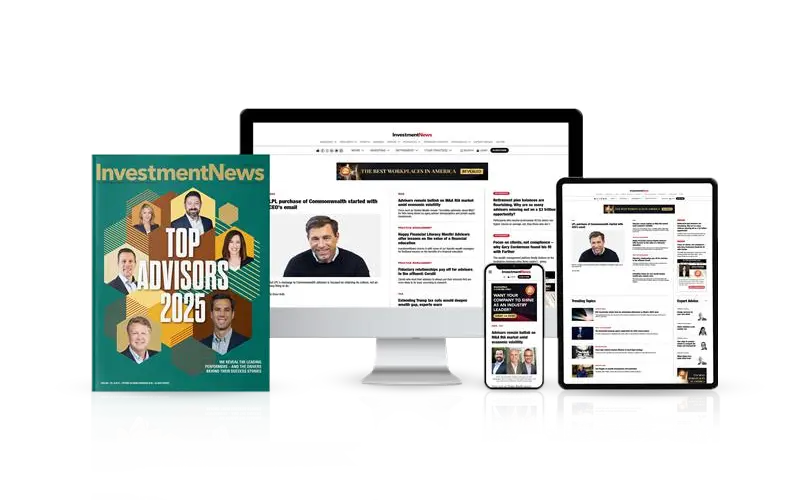

A new report from the SEC's Officer of the Investor Advocate sheds fresh insights on investors mutual fund fee literacy, including how visual tools such as "fee meters" could enhance their decision-making.
In a wide-ranging annual report released Thursday, the division outlined findings from a study conducted this year by the SEC's Office of Investor Research, which exposed gaps in fee awareness among mutual fund investors.
Despite the pressure for asset managers to lower fund costs over the decades, the OIR said there's still significant price dispersion among mutual funds. In 2023, for example, it said fees for non-institutional S&P 500 mutual funds ranged from zero to 1.61 percent annually.
“Price dispersion across a set of funds that have a similar investment strategy and risk profile suggests that consumers who search the mutual fund market may find lower-cost alternatives,” the report noted.
In one phase of its latest fee research, it showed retail investors the expense ratio for a hypothetical S&P 500 index fund, with fees ranging from 0.08 percent to 0.49 percent. From there, the participants were asked to estimate how cheap or expensive it was relative to other similar funds.
Without additional context, participants estimated the fund they were shown, regardless of the fee, were in the 40th percentile. In other words, they thought roughly 40 percent of similar funds were cheaper, indicating a lack of understanding on fund fees.
The report then tested the effectiveness of fee meters – visual tools designed to display how a fund ranks in terms of cost – on a survey group of over 4,000 participants. Aside from fees, investors were given information on fund objectives, risk factors, and performance.
“On average, people that saw any fee meter were more accurate about the relative cost of their assigned fee than those that did not see a fee meter,” the researchers said.
Despite the improvement in fee awareness, the researchers found participants who were shown fee meters didn't display much more interest in finding lower-cost alternatives. While investors who were shown expensive funds recognized they cost more, they were only slightly more interested in considering other options.
To help explain the weak link between investors' fee awareness and how inclined they were to shop around for better bargains, participants were asked if they agree with the statement, “Mutual fund fees have little impact on a fund’s performance in the long run.” Only 26 percent of participants disagreed or strongly disagreed, the researchers found.
The researchers also asked participants to explain how they thought fees and returns were related. One-fifth (20 percent) said they believe higher fees lead to higher returns; another 36 percent agreed there was no relationship, and another 32 percent said they don't know. Meanwhile, just one-eighth (12 percent) said lower-fee funds tend to have higher net returns.
"If individuals do not believe that mutual fund fees affect long-run performance, or believe that higher fee funds will yield higher returns, it is unlikely that they will seek lower-cost funds," the report said.

The move to charge data aggregators fees totaling hundreds of millions of dollars threatens to upend business models across the industry.

The latest snapshot report reveals large firms overwhelmingly account for branches and registrants as trend of net exits from FINRA continues.

Siding with the primary contact in a marriage might make sense at first, but having both parties' interests at heart could open a better way forward.

With more than $13 billion in assets, American Portfolios Advisors closed last October.

Robert D. Kendall brings decades of experience, including roles at DWS Americas and a former investment unit within Morgan Stanley, as he steps into a global leadership position.
Orion's Tom Wilson on delivering coordinated, high-touch service in a world where returns alone no longer set you apart.
Barely a decade old, registered index-linked annuities have quickly surged in popularity, thanks to their unique blend of protection and growth potential—an appealing option for investors looking to chart a steadier course through today's choppy market waters, says Myles Lambert, Brighthouse Financial.
